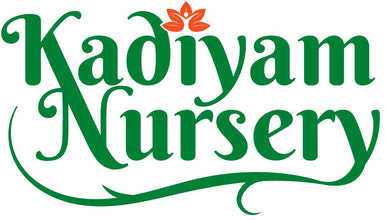-
Plant Description:
- Asystasia intrusa is a species of flowering plant in the Acanthaceae family. It is native to tropical regions of Africa and Asia, and is often used as an ornamental plant due to its attractive purple or pink flowers. It is a fast-growing, herbaceous perennial that can reach a height of up to 2 meters (6.6 feet). The leaves are oval-shaped and are typically about 10 cm (4 inches) long. The flowers are borne on spikes and have five petals. Asystasia intrusa prefers moist, well-drained soil and partial shade, although it can tolerate full sun in cooler climates. It is resistant to drought and can be grown in a range of soil types. It is often used as a groundcover or in borders, and it can also be grown in containers. It is generally easy to care for and does not require a lot of maintenance.
-
Growing tips:
-
To care for Asystasia intrusa, follow these guidelines:
-
Light: Asystasia intrusa prefers partial shade, but it can tolerate full sun in cooler climates.
-
Water: Water the plant regularly, keeping the soil evenly moist but not waterlogged.
-
Soil: Asystasia intrusa grows well in a range of soil types, as long as the soil is well-drained. A rich, loamy soil with a pH of 6.0-7.0 is ideal.
-
Fertilizer: Feed the plant monthly with a balanced liquid fertilizer during the growing season.
-
Pruning: Asystasia intrusa tends to become leggy and may need to be trimmed back to encourage new growth. Prune the plant in the spring or early summer, cutting back the stems to about 10 cm (4 inches) above the ground.
-
Pests: Asystasia intrusa is generally resistant to pests, but it can be prone to infestations of aphids and whiteflies. These can be controlled by spraying the plant with a solution of water and a mild soap.
-
Propagation: Asystasia intrusa can be propagated by seed or by rooting stem cuttings in the spring or summer. To propagate by stem cuttings, take a 4-6 inch cutting from a healthy stem and place it in a rooting hormone solution or moist soil. Keep the cutting moist and in a warm, humid location until it has rooted, which can take several weeks.
-
Benifits :
-
Asystasia intrusa is a popular ornamental plant due to its attractive purple or pink flowers and fast-growing habit. It is often used as a groundcover or in borders, and it can also be grown in containers. In addition to its decorative value, Asystasia intrusa may have some potential benefits as follows:
-
Pollinator attractant: Asystasia intrusa flowers are attractive to bees and other pollinators, which can be beneficial to the environment and to other plants in the garden.
-
Medicinal properties: Some studies have suggested that Asystasia intrusa may have medicinal properties, including anti-inflammatory and antioxidant effects. However, more research is needed to confirm these effects and to determine the safety and effectiveness of Asystasia intrusa for medicinal use.
-
Erosion control: Asystasia intrusa has a fast-growing habit and strong root system, which may make it useful for controlling erosion on slopes and in other areas prone to erosion.
It is important to note that Asystasia intrusa is considered an invasive species in some areas, and it can outcompete native plants. Care should be taken to prevent the spread of this plant in areas where it is not native.
